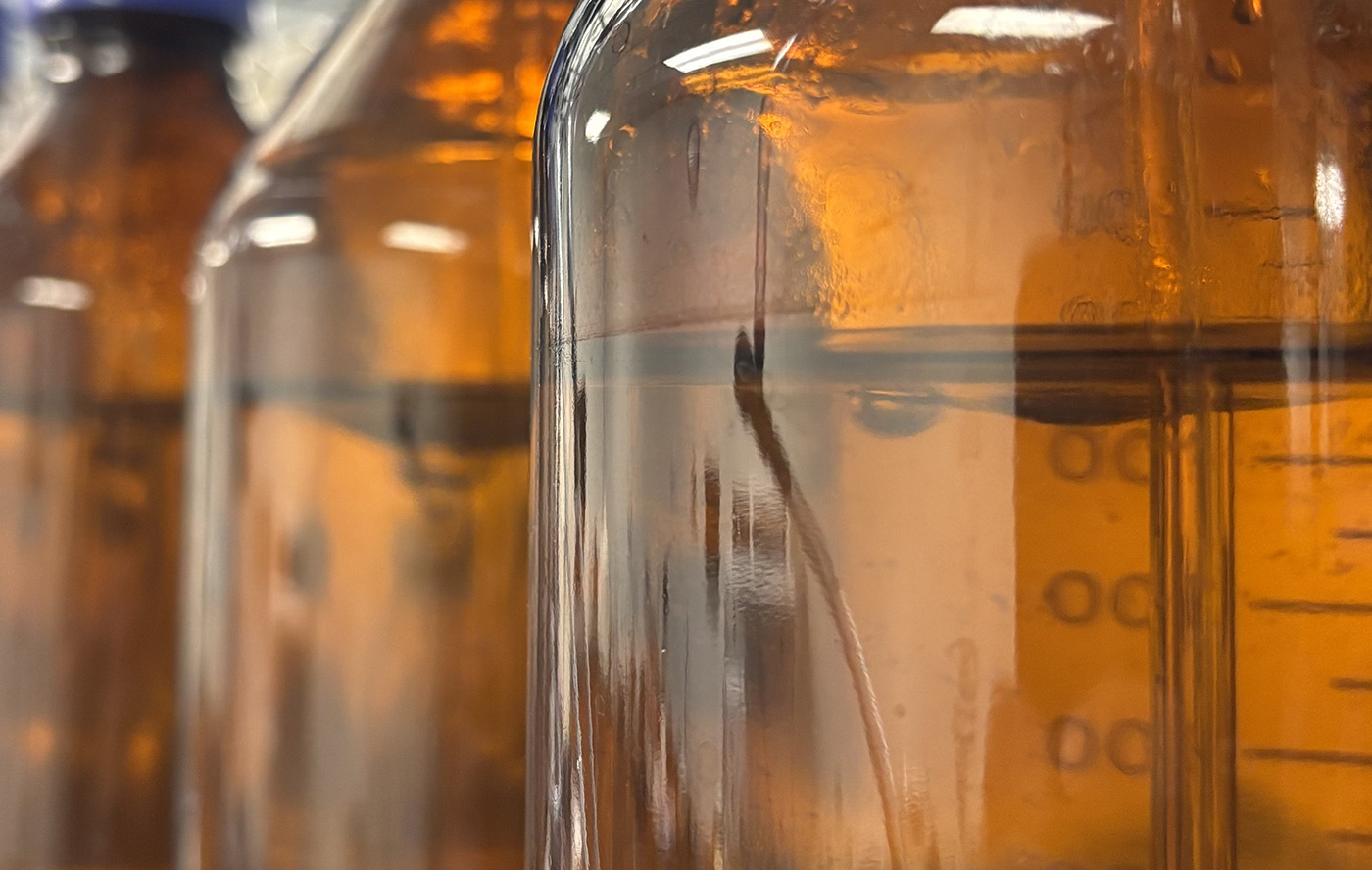Summary
ISO 16211 tests the ultimate biodegradability of an organic material in seawater. This test relies on the microorganisms originally present in seawater without the addition of a specific inoculum. There are five specified methods: DOC die-away, closed bottle, two-phase closed bottle, CO2 evolution, and CO2 headspace tests which take place over a maximum of 60 days.
ISO 16221 Testing Method
This test is based on five ISO testing methods for freshwater, which have been altered to suit marine biodegradation. The five methods correspond to an ISO test for freshwater:
- DOC Die-Away corresponds with ISO 7827 which evaluates the ready and ultimate aerobic biodegradability of organic compounds through the analysis of dissolved organic carbon (DOC).
- Closed Bottle is based on ISO 10707 which tests for the ultimate aerobic biodegradability of organic compounds through biochemical oxygen demand analysis.
- Two-Phase Closed Bottle is directly correlated with ISO 10708 which is used to determine the ultimate aerobic biodegradability of organic compounds through the determination of biochemical oxygen demand in a two-phase closed bottle test.
- CO2 Evolution correlates to the ISO 9439 test which evaluates the ultimate aerobic biodegradability of organic compounds by measuring the CO2 evolution.
- CO2 Headspace Test is based on the ISO 14593 test which evaluates the ultimate aerobic biodegradation of organic compounds by analyzing the inorganic carbon in sealed vessels.
This test is used on materials that are insoluble, volatile, and/or absorbing.
Interested in ISO 16221? Reach Out to Aropha Today
At Aropha, we want to provide our customers with streamlined and efficient biodegradability testing for any of their products. With the experience and capabilities needed to test a wide range of products, we are ready to take on the testing of any of your products. Our unique combination of our digital twin simulation platform and lab biodegradability testing provides accurate results at any stage in product development. We are also able to provide you with the proper test documentation to submit to regulatory agencies or to receive certain ecolabels for your product.
ISO 16221 Requirement and Applicability
Different testing methods are applicable for materials with different properties. Below is a summary of the applicability of ISO 16221. Please check our Method Selection Guide to select the most appropriate method for your materials. You can also find the applicability for many other methods in our Resource Center.| Test | Analytical method | Sample info required * | Poorly soluble | e Volatile | Adsorbing |
|---|---|---|---|---|---|
| (I) DOC die-away (based on ISO 7827) | DOC | Organic carbon content* | - | - | - |
| (II) Closed bottle test (based on ISO 10707) | Dissolved oxygen | ThOD or COD* | +/- | + | + |
| (III) Two-phase closed bottle test (based on ISO 10708) | Dissolved oxygen | ThOD or COD | + | + | + |
| (IV) CO2 evolution test (based on ISO 9439) | CO2 evolution | Organic carbon content | + | - | + |
| (V) CO2 head space test (based on ISO 14593) | CO2 evolution | Organic carbon content | + | + | + |
*“Sample info required” is the information needed to calculate the biodegradation percentages. This must be available for a selected method.
*“Organic carbon content” is the ratio of the organic carbon weight to the weight of the sample. It can be calculated by the sample formula (e.g., acetic acid C2H4O2, carbon content is 12*2/(12*2+1*4+16*2)=40%). Try our Online C% Calculator. If the formula is unknown, we can send the sample out to a third party lab for you for analysis (normally $110 with a 10-day turnaround time).
*“ThOD” can be easily calculated based on the formula of the sample. Try our Online ThOD Calculator.
*“COD” can be used as an alternative to ThOD if the formula of the material is unknown. We provide COD analysis at Aropha.
Pricing
Contact us for High-Throughput Screening PricingContact us for Biodegradability Certification Pricing

